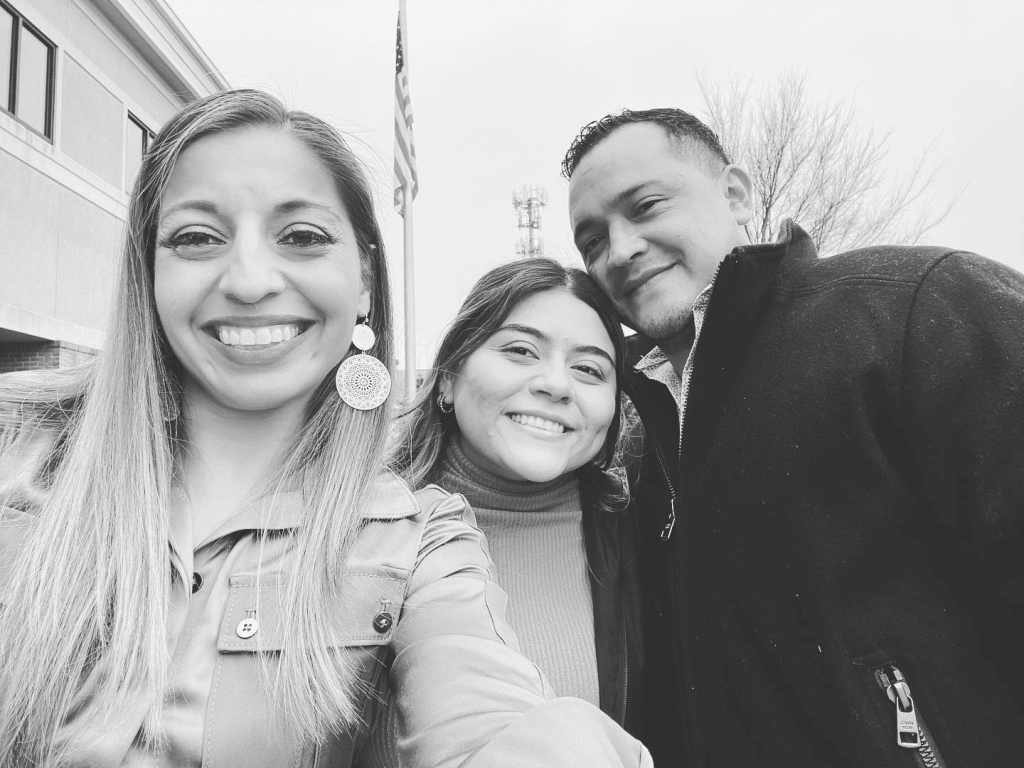With an undergraduate degree and two advanced degrees, including a Juris Doctor from the University of Tulsa College of Law, Lorena Rivas clearly sees the value education.
The highly regarded immigration attorney is always pleased when her team of attorneys and staff at Rivas & Associates can help clients with the F1 Visa application process in Tulsa and elsewhere.
Even in lieu of the Coronavirus Pandemic and some controversial measures regarding visa restrictions, the United States continues to be a regarded as one of the top international student destinations in the world.
The appeal the U.S. presents to international students is its wide variety of study programs and universities, top-ranked degrees, well-equipped laboratories, generous PhD funding and the chance to know cultures from all over the world.
All foreign students, though, who plan to attend a college or university within the U.S. are required to attain a temporary visa to enter the country – the most common of which is the F1 Visa.
Although the F1 Visa application process can be daunting at times, Rivas & Associates has put together a guide to better help you navigate through the F1 Visa application process.
What is an F1 Visa?
F1 visas are non-immigrant visas designated for students who wish to continue or advance their education in the U.S. An F1 Visa must be obtained to attend any of the following education programs:
- Colleges or universities
- Community and junior colleges
- Public and private high schools
- Private elementary and middle schools
- Seminaries
- Conservatories
- Language training programs
- Any other academic institution
An M Visa would be required for foreigners seeking to attend a vocational institute or other recognized non-academic institution, aside from language training programs.
What are the F1 Visa Requirements?
To be eligible for an F1 Visa, one must meet the following criteria: Admission, Residency, Financial Support and Home Country Ties.
Admission: The biggest precursor to attaining an F1 Visa is to be accepted by a Student and Exchange Visitor Program (SEVP) approved schools. One thing to keep in mind is that admission to the SEVP approved school much be completed before you can submit your FI Visa application. Visit the Homeland Security website or click here for a list of SEVP approved schools.
Residency: Because an F1 Visa provides only temporary residency in the U.S., the student must have official residency in their home country so that they can return once their academic program ends.
Financial Support: F1 Visa applicants must provide proof of sufficient financial support during the duration of their academic program. Proof of financial support could come in the form of scholarship notifications, bank statements or recent tax returns.
Home Country Ties: Another major qualification for acquiring an F1 Visa is that the applicant must prove they have strong ties to their home country. This is important because a visa interviewer could deny the application if they believe the applicant will not return to their home country after their academic program ends. Applicants are typically able to provide proof of strong ties to their home country by stating they have a job offer waiting, family, or relatives they need to take care of, property they plan to reside in after their academic programs, or how they plan to use their educational experience in the U.S. back home.
The F1 Visa Application Process Further Explained
Although the F1 Visa application process can be time consuming and challenging at times, Rivas & Associates encourages those interested in applying to pursue their dreams and take the following steps.
Interested applicants must apply to an SEVP approved school and gain acceptance. Upon being accepted, you will be enrolled in the Student and Exchange Visitor Information System (SEVIS) at which time you will need to pay the SEVIS I-901 fee of $200. Once you pay the fee, your SEVP school will send you a Form I-20, which you will need to fill out. After that step is completed, you are now ready to apply at a U.S. Embassy or Consulate for an F1 Visa.
The final step of the F1 Visa application process for students between the ages of 13 and 80 involves scheduling and attending a visa interview with the U.S. embassy or consulate in your home country.
To better expedite the process, you will want to apply for your visas as early as possible to ensure that your visa will be issues before your academic program starts. Visit the Bureau of Consular Affairs website or click here to check the current wait time for your location. Students can receive their visa up to 120 days before the start of their academic program.
Once you arrive at your interview, do your best to avoid being nervous. Your interview should be fairly brief. Officials will want to follow up on some of the information in your application, as well as learn more about your study plans, university choice, and post-graduation plans.
Some of the more common interview questions include: Who is paying for your education? Why have you selected this particular academic program? What are your plans after you finish your program?
Rivas & Associates realizes the stress and time involved in becoming an F1 Visa holder, but the process is necessary for you to begin your academic program in the U.S. Our firm fully support you in all your education efforts.
